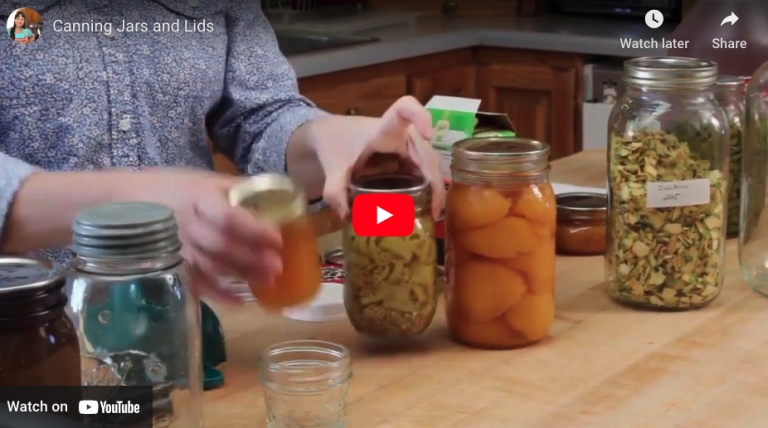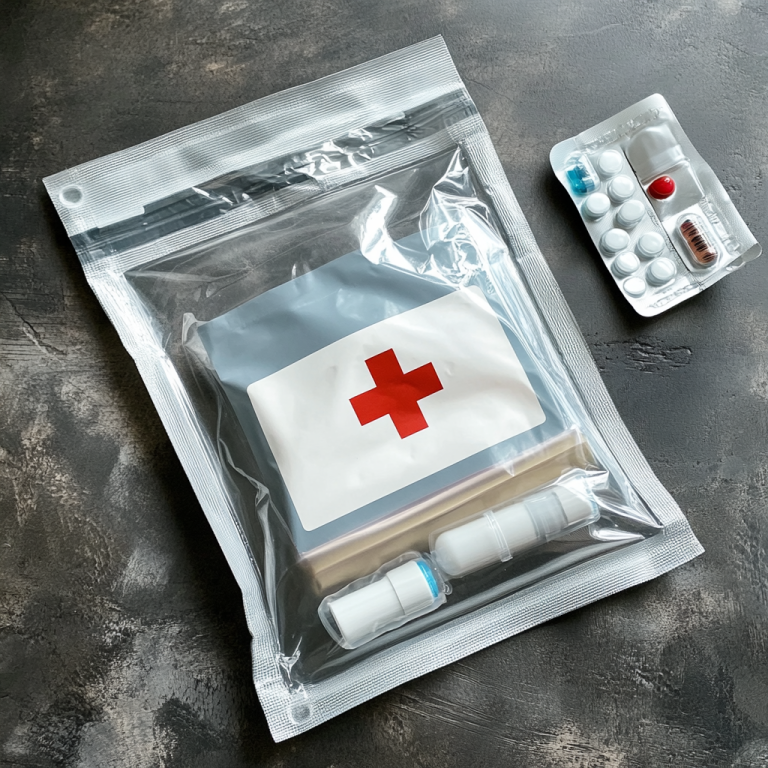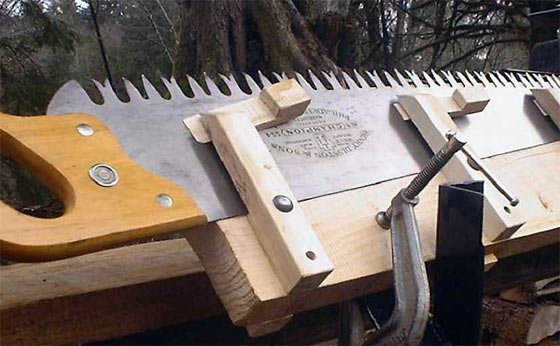Being a preparedness site, I thought it might be interesting to look at the Lewis and Clark packing list. Maybe we can learn a thing or two from it?
Here is Meriwether Lewis’ packing list for his expedition (1804).
The categories within the Lewis and Clark packing list include Mathematical Instruments, Arms, Ammunition, Clothing, Camp Equipment, Provisions and Means of Subsistence, Indian Presents, Means of Transportation, Medicine, Materials to make Packs.
Portrait of Meriwether Lewis and William Clark
Route of Lewis and Clark Expedition (shown with modern borders)
image: By Goszei, from original by User:Sardon – Own work, CC BY-SA 3.0,
https://commons.wikimedia.org/w/index.php?curid=101365097
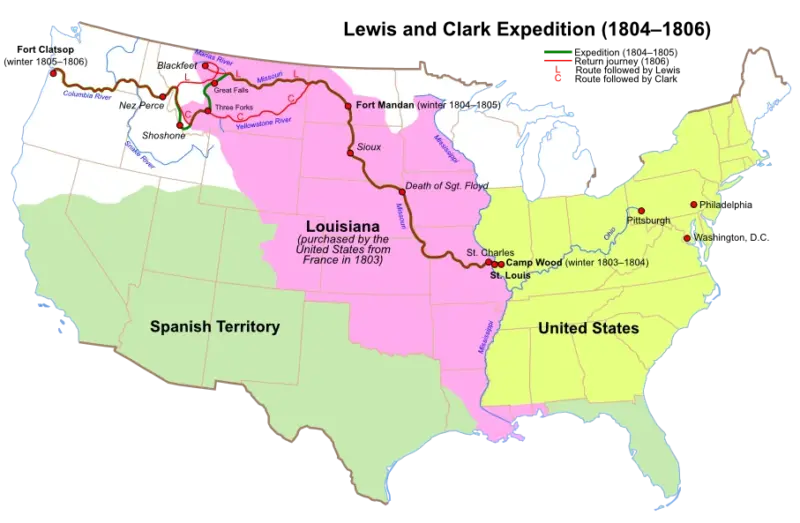
Lewis and Clark Packing List
(original spelling & terminology)
Mathematical Instruments
1 |
Hadley’s Quadrant |
|
1 |
Mariner’s Compas & 2 pole chain |
|
1 |
Sett of plotting instruments |
|
3 |
Thermometers |
|
1 |
Cheap portable Microscope |
|
1 |
Pocket Compass |
|
1 |
brass Scale one foot in length |
|
6 |
Magnetic needles in small straight silver or brass cases opening on the side with hinges. |
|
1 |
Instrument for measuring made of tape with feet & inches mark’d on it,… |
|
2 |
Hydrometers |
|
1 |
Theodolite |
|
1 |
Sett of planespheres |
|
2 |
Artificial Horizons |
|
1 |
Patent log |
|
6 |
papers of Ink powder |
|
4 |
Metal Pens brass or silver |
|
1 |
Set of Small Slates & pencils |
|
2 |
Creyons |
|
Sealing wax one bundle |
||
1 |
Miller’s edition of Lineus in 2 Vol: |
|
Books |
||
Maps |
||
Charts |
||
Blank Vocabularies |
||
Writing paper |
||
1 |
Pair large brass money scales with two setts of weights. |
Arms & Accoutrements
15 |
Rifle |
|
15 |
Powder Horns & pouches complete |
|
15 |
Pairs of Bullet Moulds |
|
15 |
do. (ditto) Of Wipers or Gun worms |
|
15 |
Ball Screws |
|
24 |
Pipe Tomahawks |
|
24 |
large knives |
|
Extra parts of Locks & tools for repairing arms |
||
15 |
Gun Slings |
|
500 |
best Flints |
Ammunition
200 |
Lbs. Best rifle powder |
|
400 |
lbs. Lead |
Clothing
15 |
3 pt. Blankets |
|
15 |
Watch Coats with Hoods & belts |
|
15 |
Woolen Overalls |
|
15 |
Rifle Frocks of waterproof Cloth if possible |
|
30 |
Pairs of Socks or half Stockings |
|
20 |
Fatigue Frocks or hinting shirts |
|
30 |
Shirts of Strong linnen |
|
30 |
yds. Common flannel. |
Camp Equipage
6 |
Copper kettles (1 of 5 Gallons, 1 of 3, 2 of 2, & 2 of 1) |
|
35 |
falling Axes. |
|
4 |
Drawing Knives, short & strong |
|
2 |
Augers of the patent kind. |
|
1 |
Small permanent Vice |
|
1 |
Hand Vice |
|
36 |
Gimblets assorted |
|
24 |
Files do. (ditto) |
|
12 |
Chisels do. (ditto) |
|
10 |
Nails do. (ditto) |
|
2 |
Steel plate hand saws |
|
2 |
Vials of Phosforus |
|
1 |
do. (ditto) Of Phosforus made of allum & sugar |
|
4 |
Groce fishing Hooks assorted |
|
12 |
Bunches of Drum Line |
|
2 |
Foot Adzes |
|
12 |
Bunches of Small cord |
|
2 |
Pick Axes |
|
3 |
Coils of rope |
|
2 |
Spades |
|
12 |
Bunches Small fishing line assorted |
|
1 |
lb. Turkey or Oil Stone |
|
1 |
Iron Mill for Grinding Corn |
|
20 |
yds. Oil linnen for wrapping & securing Articles |
|
10 |
yds do. do. (ditto) Of thicker quality for covering and lining boxes. &c |
|
40 |
yds Do. Do. (ditto) To form two half faced Tents or Shelters. |
|
4 |
Tin blowing Trumpets |
|
2 |
hand or spiral spring Steelyards |
|
20 |
yds Strong Oznaburgs (strong cloth) |
|
24 |
Iron Spoons |
|
24 |
Pint Tin Cups (without handles) |
|
30 |
Steels for striking or making fire |
|
100 |
Flints for do. do. do. (ditto) |
|
2 |
Frows |
|
6 |
Saddlers large Needles |
|
6 |
Do. (ditto) Large Awls |
|
Muscatoe Curtains |
||
2 |
patent chamber lamps & wicks |
|
15 |
Oil Cloth Bags for securing provision |
|
1 |
Sea Grass Hammock |
Provisions and Means of Subsistence
150 |
lbs. Portable Soup. |
|
3 |
bushels of Allum or Rock Salt |
|
Spicies assorted |
||
6 |
Kegs of 5 Gallons each making 30 Gallons of rectified pirits such as is used for the Indian trade |
|
6 |
Kegs bound with iron Hoops |
Indian Presents
5 |
lbs. White Wampum |
|
5 |
lbs. White Glass Beads mostly small |
|
20 |
lbs. Red Do. Do. (ditto) Assorted |
|
5 |
lbs. Yellow or Orange Do. Do. (ditto) Assorted |
|
30 |
Calico Shirts |
|
12 |
Pieces of East India muslin Hanckerchiefs striped or check’d with brilliant Colours. |
|
12 |
Red Silk Hanckerchiefs |
|
144 |
Small cheap looking Glasses |
|
100 |
Burning Glasses |
|
4 |
Vials of Phosforus |
|
288 |
Steels for striking fire |
|
144 |
Small cheap Scizors |
|
20 |
Pair large Do. (ditto) |
|
12 |
Groces Needles Assorted No. 1 to 8 Common points |
|
12 |
Groces Do. (ditto) Assorted with points for sewing leather |
|
288 |
Common brass thimbles – part W. office |
|
10 |
lbs. Sewing Thread assorted |
|
24 |
Hanks Sewing Silk |
|
8 |
lbs. Red Lead |
|
2 |
lbs. Vermillion – at War Office |
|
288 |
Knives Small such as are generally used for the Indian trade, with fix’d blades & handles inlaid with brass |
|
36 |
Large knives |
|
36 |
Pipe Tomahawks – at H. Ferry |
|
12 |
lbs. Brass wire Assorted |
|
12 |
lbs. Iron do. Do. (ditto) generally large |
|
6 |
Belts of narrow Ribbons colours assorted |
|
50 |
lbs. Spun Tobacco. |
|
20 |
Small falling axes to be obtained in Tennessee |
|
40 |
fish Griggs such as the Indians use with a single barbed point – at Harper’s ferry |
|
3 |
Groce fishing Hooks assorted |
|
3 |
Groce Mockerson awls assorted |
|
50 |
lbs. Powder secured in a Keg covered with oil Cloth |
|
24 |
Belts of Worsted feiret (woven wool tape) or Gartering Colours brilliant and Assorted |
|
15 |
Sheets of Copper Cut into strips of an inch in width & a foot long |
|
20 |
Sheets of Tin |
|
12 |
lbs. Strips of Sheet iron 1 In. wide 1 foot long |
|
1 |
Pc. Red Cloth second quality |
|
1 |
Nest of 8 or 9 small copper kettles |
|
100 |
Block-tin rings cheap kind ornamented with Colour’d Glass or Mock-Stone |
|
2 |
Groces of brass Curtain Rings & sufficently large for the Finger |
|
1 |
Groce Cast Iron Combs |
|
18 |
Cheap brass Combs |
|
24 |
Blankets. |
|
12 |
Arm Bands Silver at War Office |
|
12 |
Wrist do. do. Do. (ditto) |
|
36 |
Ear Trinkets Do. Part do. (ditto) |
|
6 |
Groces Drops of Do. Part Do. (ditto) |
|
4 |
doz Rings for Fingers of do. (ditto) |
|
4 |
Groces Broaches of do. (ditto) |
|
12 |
Small Medals do. (ditto) |
Means of Transportation
1 |
Keeled Boat light strong at least 60 feet in length her burthen equal to 8 Tons |
|
1 |
Iron frame of Canoe 40 feet long |
|
1 |
Large Wooden Canoe |
|
12 |
Spikes for Setting-Poles |
|
4 |
Boat Hooks & points Complete |
|
2 |
Chains & Pad-Locks for confining the Boat & Canoes &c. |
Medicine
15 |
lbs. Best powder’s Bark |
|
10 |
lbs. Epsom or Glauber Salts |
|
4 |
oz. Calomel |
|
12 |
oz. Opium |
|
_ |
oz. Tarter emetic |
|
8 |
oz. Borax |
|
4 |
oz. Powder’d Ipecacuana |
|
8 |
oz. Powder Jalap |
|
8 |
oz. Powdered Rhubarb |
|
6 |
Best lancets |
|
2 |
oz. White Vitriol |
|
4 |
oz. Lacteaum Saturni |
|
4 |
Pewter Penis syringes |
|
1 |
Flour of Sulphur |
|
3 |
Clyster pipes |
|
4 |
oz. Turlingtons Balsam |
|
2 |
lbs. Yellow Bascilicum |
|
2 |
Sticks of Symple Diachylon |
|
1 |
lb. Blistering Ointments |
|
2 |
lbs. Nitre |
|
2 |
lbs. Coperas |
Materials for making up the Various Articles into portable Packs
30 |
Sheep skins taken off the Animal as perfectly whole aspossible, without being split on the belly as usual and dress’d only with lime to free them from the wool; or otherwise about the same quantity of Oil Cloth bags well painted |
|
Raw hide for pack strings |
||
Dress’d letter for Hoppus (knapsack)-Straps |
||
Other packing |
||
ALL RELATED BOOKS OF THIS EXPEDITION ON AMZN
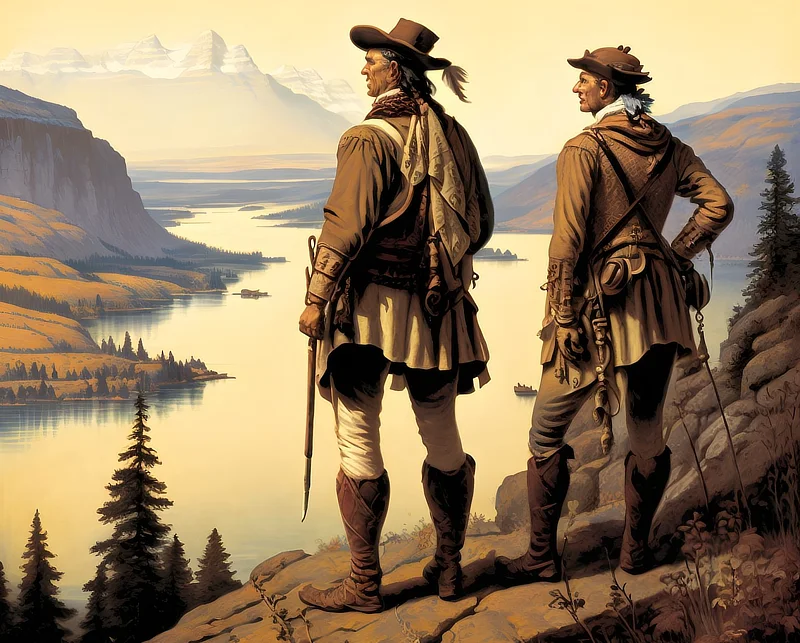
image: Adobe photo illustration
Lessons Learned From The Lewis & Clark List
From a preparedness standpoint, I enjoyed discovering the categories of what Lewis and Clark deemed important for their expedition.
INSTRUMENTS
Navigation, weighing, measuring, writing, reading
ARMS & AMMUNTION
Weapons, rifles, knives, powder & lead
CLOTHING
The basics. Wool and strong linens.
CAMP GEAR
Lots of Axes! (Need wood for fire). Plenty of cordage. Lots of flint (Fire!). Cooking gear. They had the 5 C’s of survivability covered pretty well within the entire list here (cutting, combustion, cover (shelter), cordage, container (cooking) ).
PROVISIONS/FOOD
Portable soup? (lots of that). Lots of salt. Lots of ‘rectified spirits’ (alcohol).
Soup-Salt-Booze…
INDIAN PRESENTS
Lots of stuff here! Barter. Make peace. Avoid getting scalped.
TRANSPORTATION
Boats and Canoes. Missouri River travel.
MEDICINE
How interesting to look at this list before the days of modern medicine. This was ‘modern’ for its day…
MATERIALS FOR PACKS
You couldn’t go down to Cabellas and buy 30 backpacks. You had to make them yourself…
More about the expedition: (Wikipedia)
( source: https://www.monticello.org/ )
Corps of Discovery meet Chinooks on the Lower Columbia, October 1805 (Lewis and Clark on the Lower Columbia painted by Charles Marion Russel)

Some interesting stats on the early settlers and pioneers on the Oregon Trail.
It typically took 4-5 months, while walking 15-20 miles per day. ( Roughly 1200 calories/day walking across the prairie.
They were more concerned about having enough food than “ stuff “. If they had to get rid of some “ stuff “ in order to make room for more food, then they did.
The typical family of four had:
600 lbs. of flour
400 lbs. of bacon
400 lbs. of lard
100 lbs. of sugar
60 lbs. of coffee
4 lbs. of tea
Dried peaches and apples
Sacks of rice, also cornmeal, salt, vinegar, butter, and baking soda.
These food stuffs were supplemented with hunting and fishing.
They were often helped by, and traded with the Indians. At least until the buffalos started to disappear.
If you ever get out to the great west, check out the Immigrant Trail Interpretive Center outside Elko, NV on I-80.
Fascinating, to see those scant supplies and the kit they used to try and get across the great American Desert. ( If you look on Google earth, you can still see wagon ruts left by wagons in the desert soils).
They were some tough individuals.
~ Minerjim (commentator on MSB)
Some absolutely tough individuals! And most, who were not small children or elderly adults, walked the trail because of a lack of room for them in the wagon due to the wagon being loaded.
Plus the hazards of the trail which included rattlesnakes, dysentery, animals and people lost to drowning when crossing a river, wagons breaking down ( they usually had some spare parts), not enough for the animals to eat, some froze to death because of getting stuck in the snow and ice in the mountains, etc.
Life long friendships were forged by them enduring the hardships together, and helping each other survive the Trail.
That’s what they were willing to endure for the American promise of FREEDOM and their own land.
~ SpiritOf76 (commentator on MSB)
[ Read: 1816 – Year Without A Summer – Massive Crop Failure, Food Shortages ]








